
Inspired by large language models, researchers develop a training technique that pools diverse data to teach robots new skills.
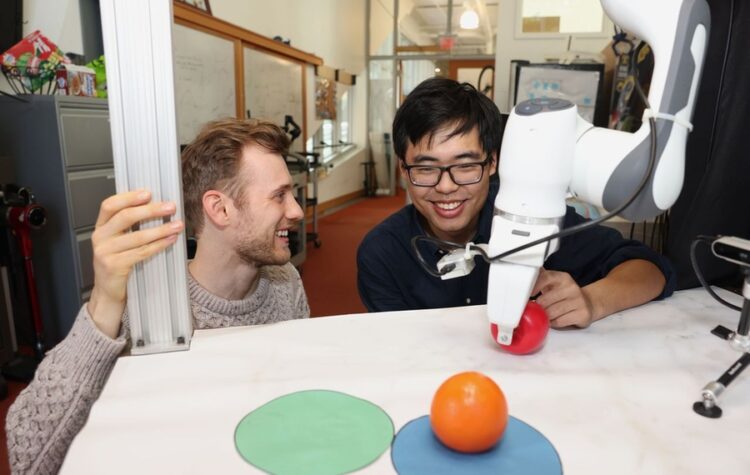
Combining next-token prediction and video diffusion in computer vision and robotics
A new method can train a neural network to sort corrupted data while anticipating next steps. It can make flexible plans for robots, generate high-quality video, and help AI agents navigate digital environments.
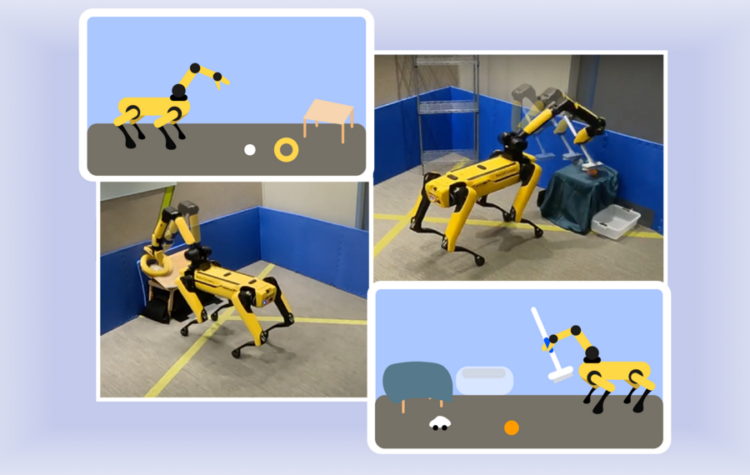
A new algorithm helps robots practice skills like sweeping and placing objects, potentially helping them improve at important tasks in houses, hospitals, and factories.
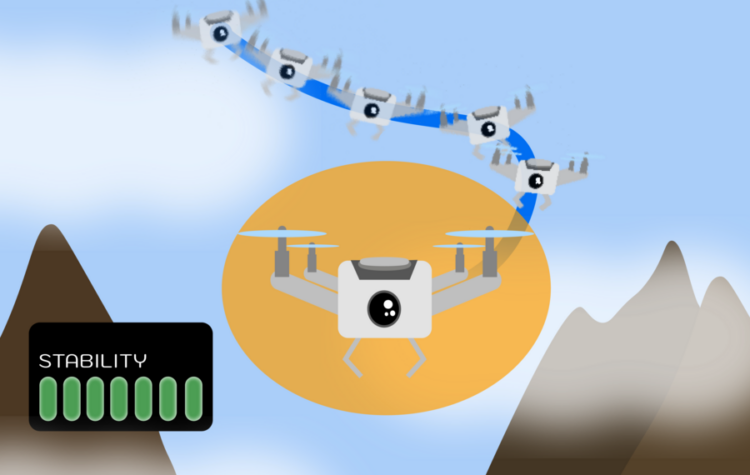
Neural network controllers provide complex robots with stability guarantees, paving the way for the safer deployment of autonomous vehicles and industrial machines.
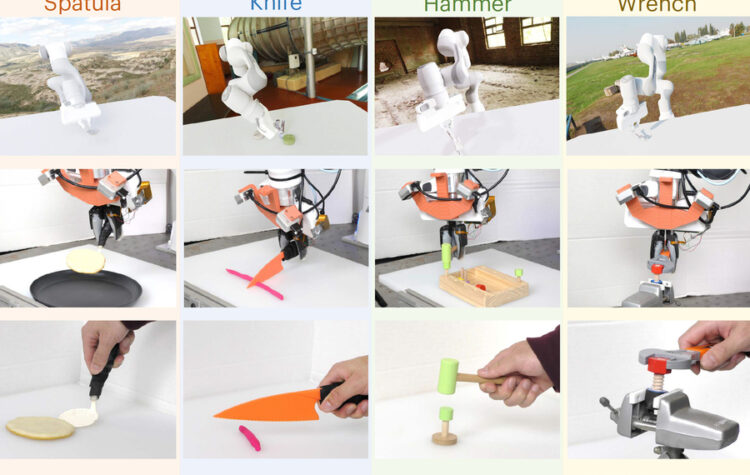
With generative AI models, researchers combined robotics data from different sources to help robots learn better.
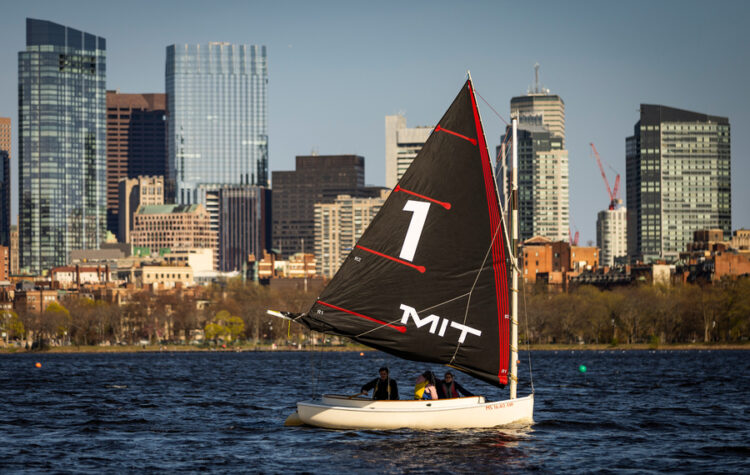
Ranking at the top for the 13th year in a row, the Institute also places first in 11 subject areas.
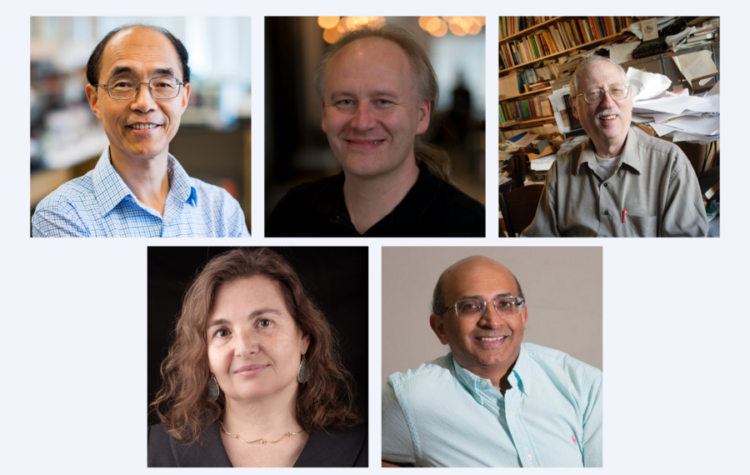
Guoping Feng, Piotr Indyk, Daniel Kleitman, Daniela Rus, Senthil Todadri, and nine alumni are recognized by their peers for their outstanding contributions to research.
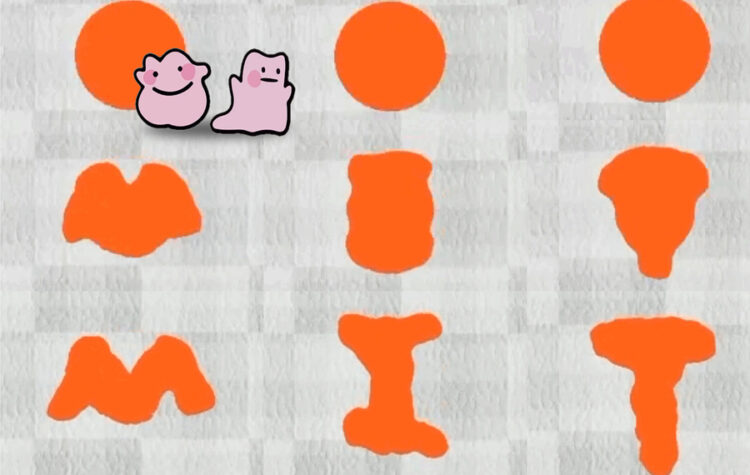
A new algorithm learns to squish, bend, or stretch a robot’s entire body to accomplish diverse tasks like avoiding obstacles or retrieving items.

The Institute also ranks second in five subject areas.

Undergraduates Ben Lou, Srinath Mahankali, and Kenta Suzuki, whose research explores math and physics, are honored for their academic excellence.